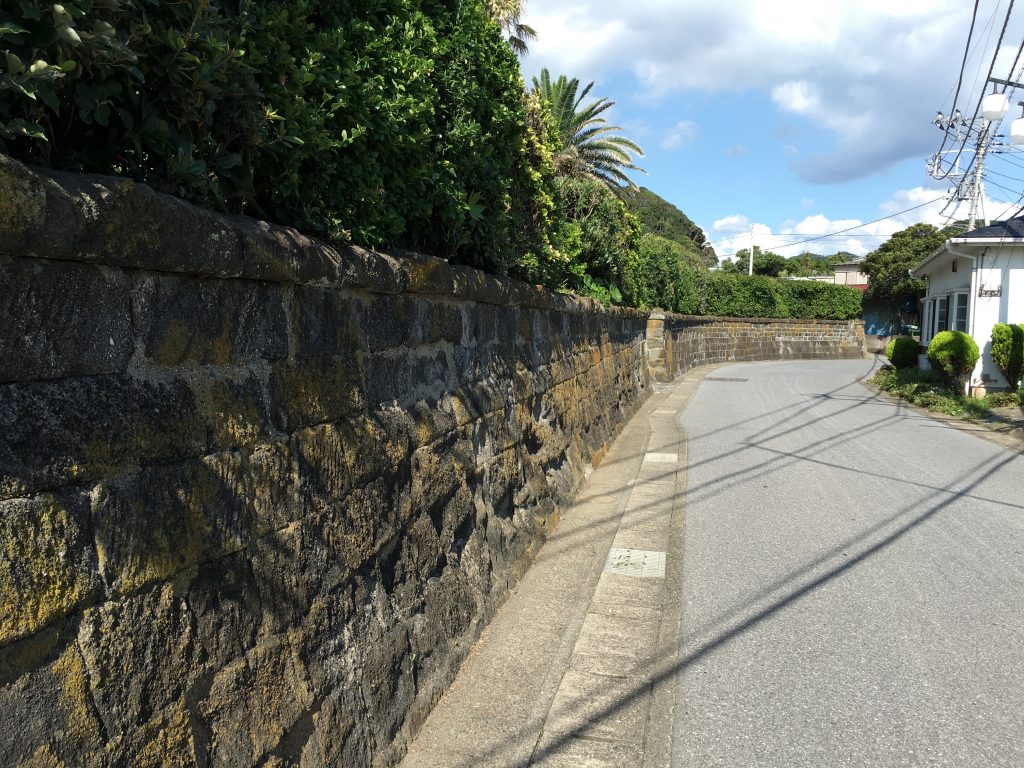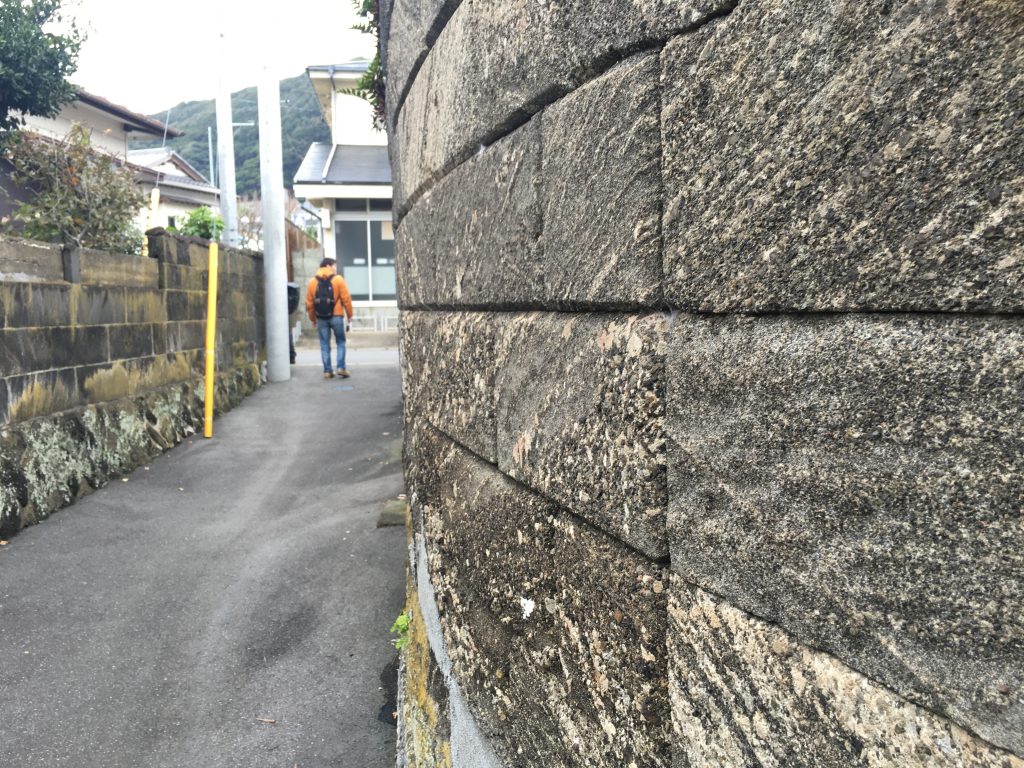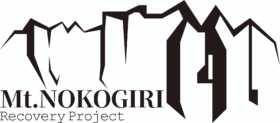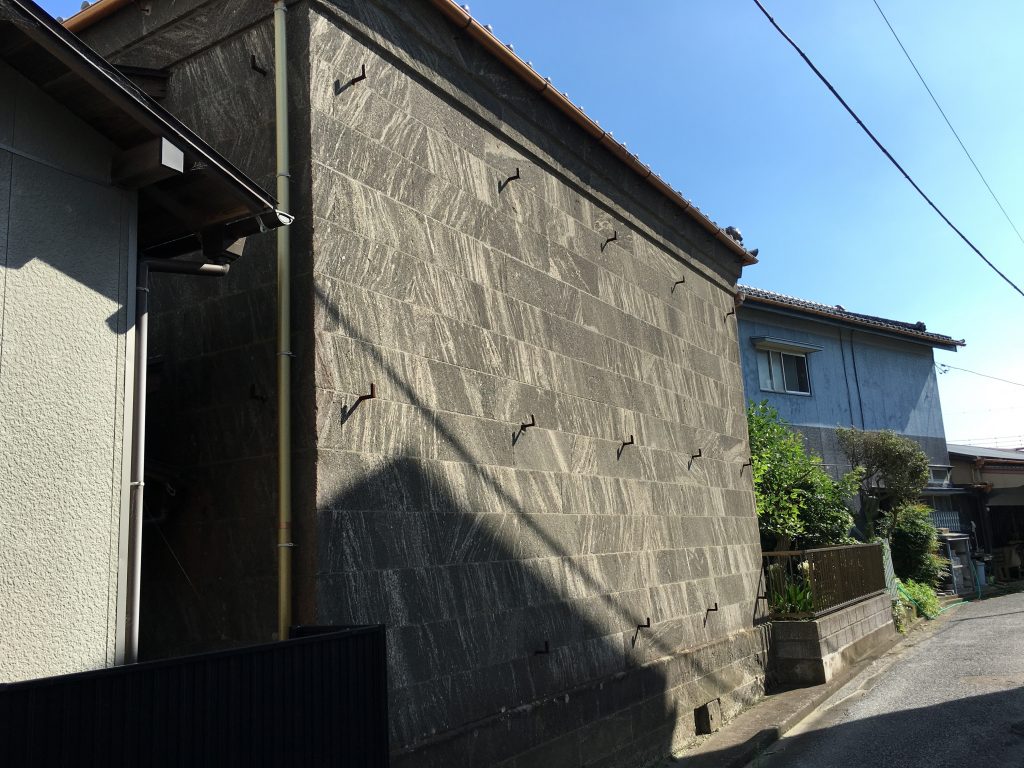
鈴木四郎右衛門家 石塀
Stone wall of Suzuki Shiroemon’s house

鋸山は、火山噴出物が海底で長い年月をかけて固まった凝灰岩でできています。加工しやすくまた耐火性があり竃や七輪などにも使われ庶民に親しまれました。「房州石」と呼ばれたこの石は建築資材に適し、江戸時代中頃から明治から大正にかけての最盛期には年間約56万本が切り出されました。今でも麓の町金谷では、石塀、門柱、蔵、建物の土台、灯篭などに房州石が使用されています。また、横浜の開港、台場の整備、皇居の造営など、東京湾岸の土木建築工事に使用され、日本の近代化を土台から支えました。
Nokogiriyama is composed of volcanic ejects which compacted over a long period of time on the sea-bed. This traceable and fire-resistant tuff was popular for making furnaces and charcoal braziers. It was called Boshu ishi or Boshu rock and was highly sought after as building materials. From mid-Edo period to its peak in Meiji and Taisho period, 560,000 pieces of Boshu rock were extracted annually. You can see it still being used today in stonewalls, gate posts, storehouses, building foundations, garden lanterns, etc. at the foot of the mountain in the town of Kanaya. It played a key role in construction in Tokyo Bay area including Yokohama’ s port opening, Daiba fortress’ structural reinforcements and in the erection of the Imperial Palace. This rock that reinforced the foundation of Japan’ s modernization is named after Boshu, the southern region of Chiba prefecture.

